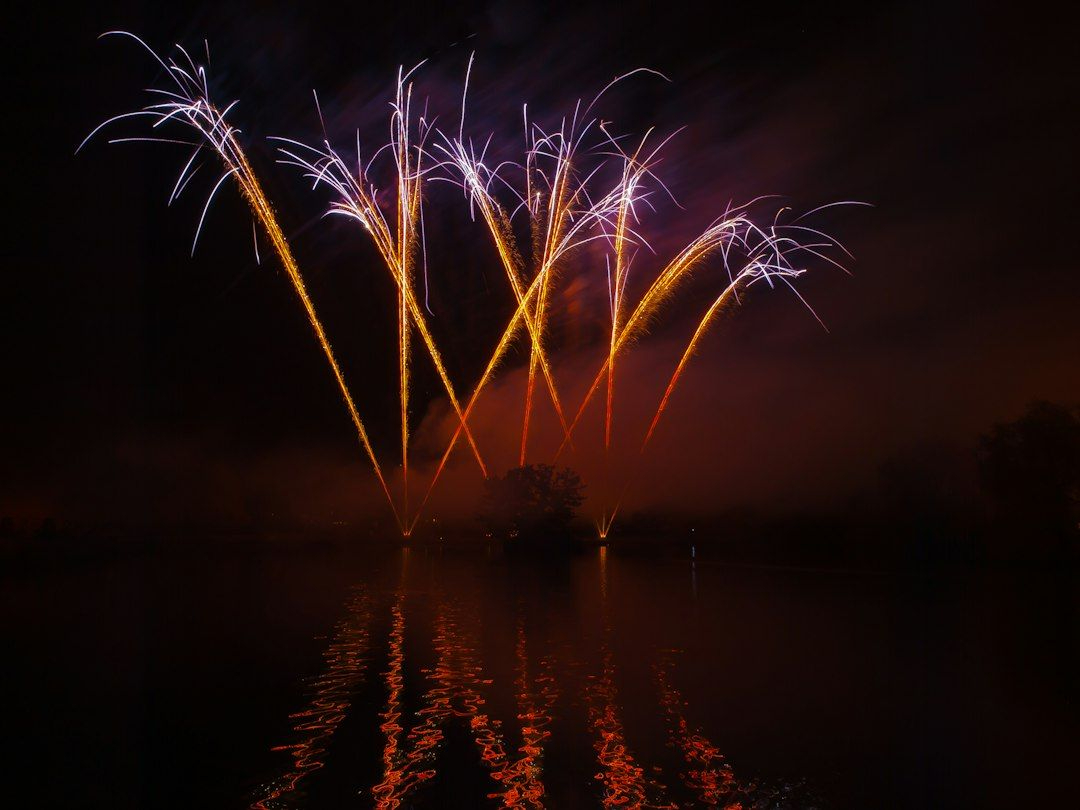3,273 reads
Automatic Number Plate Recognition (ANPR) Secrets Revealed [Part1]
by
May 25th, 2021
Audio Presented by
About Author
Love to write, Software developer, freelancer, machine learning
Comments
TOPICS
Related Stories
The Future of Business: AI Meets OCR
Sep 22, 2021
